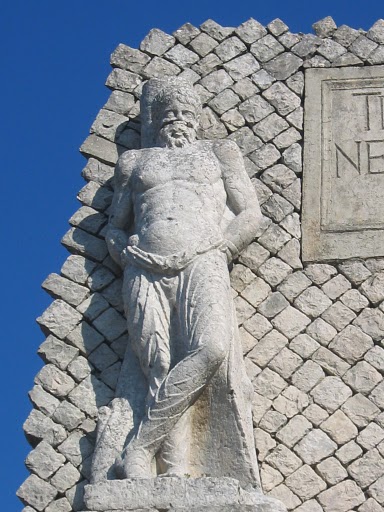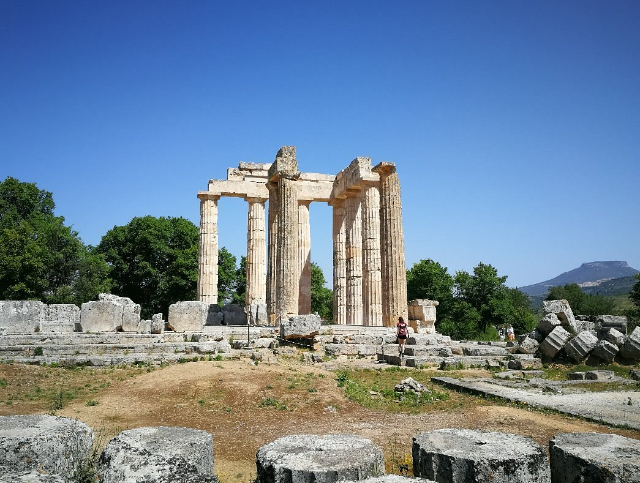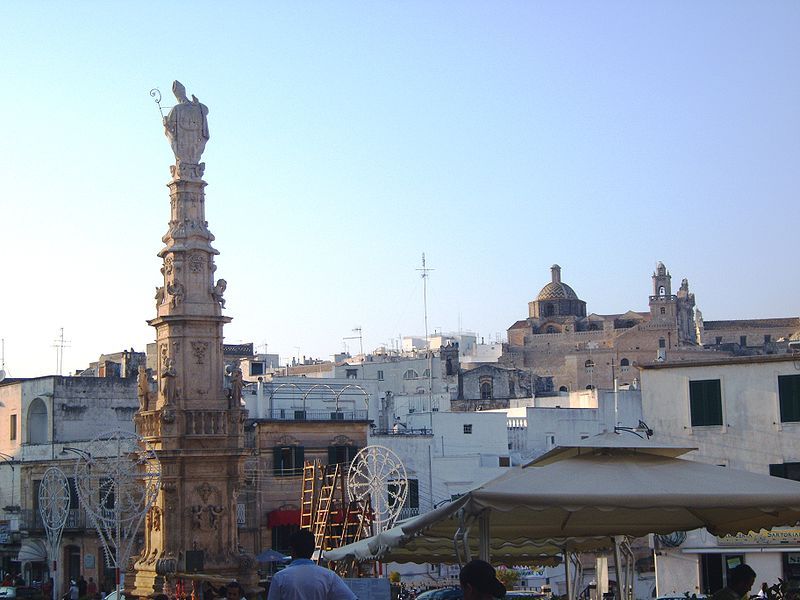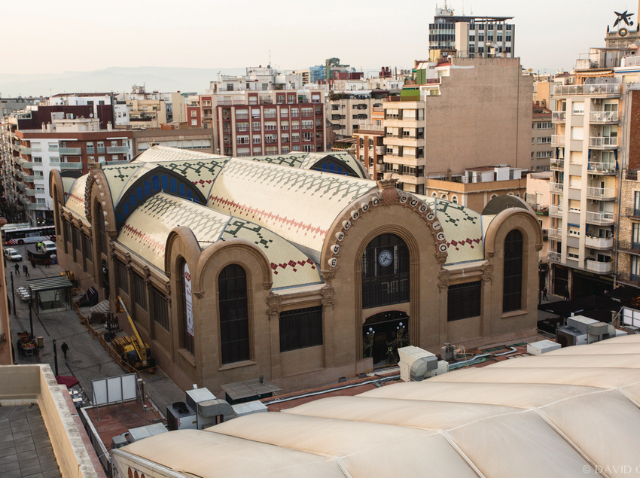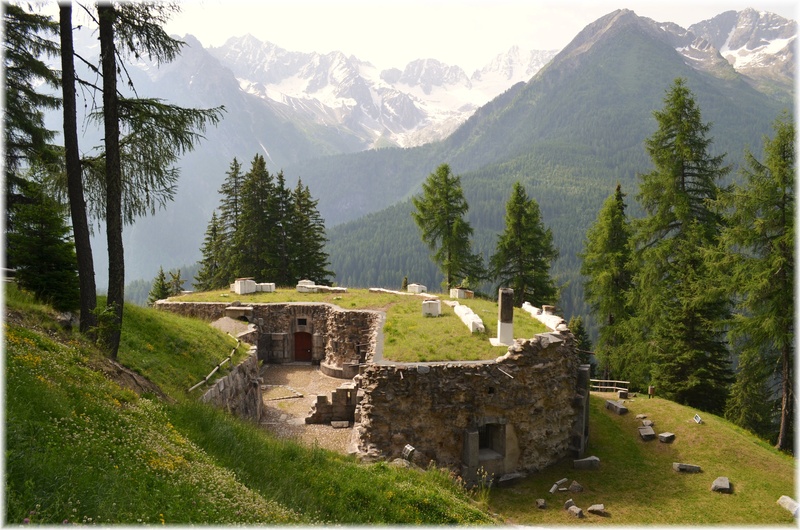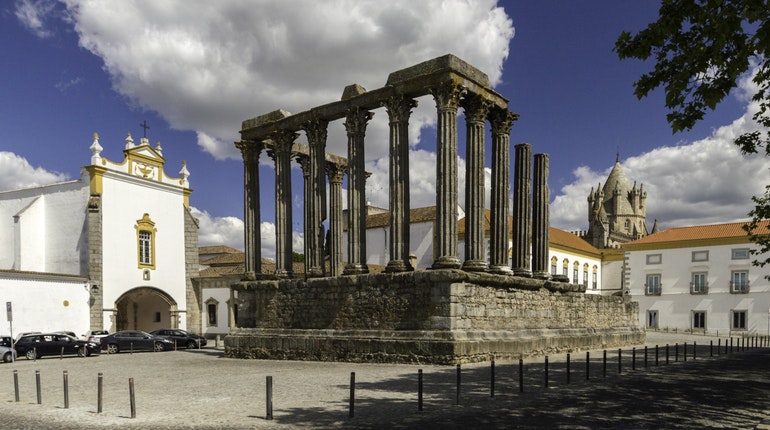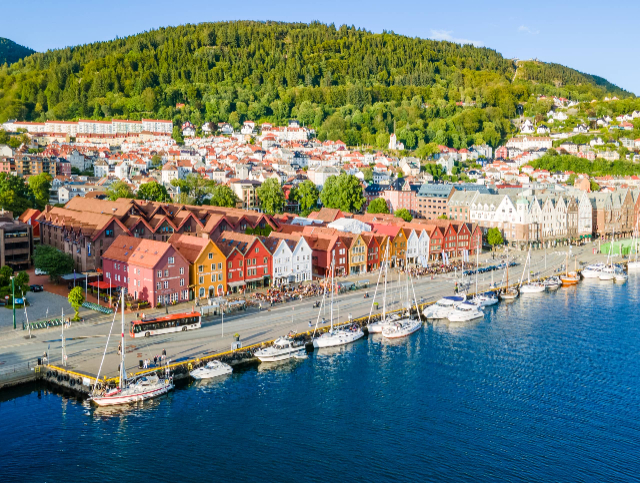In a letter dated March 14, 1846, Altilia- Saepinum is spoken of in these terms: "The whole countryside is still intact, all the gates of the city, one of them still has the entire arch… The theater in Altilia is well preserved, the main street is still paved with huge stones, it is complete, there are many piles of stones of which it is recognizable their provenance from buildings and temples and, how much else lies in the earth is indescribable! Rubble and inscriptions are scattered everywhere … as everywhere there are columns. This is a unique place!"
Fortunately, Altilia is still a unique place in Molise and little has changed since Theodor Mommsen, author of the letter, saw it. A small Roman city, built in the very first years of the first century AD, perfectly preserved, though not completely excavated. The city retained, in the eyes of the greatest classicist of the 19th century, the typical characteristics of a place of ruin, so dear to the Romantic mentality of the time, a place where the present gave way to the ancient where rural dwellings, built just a century earlier along the decumanus and on the cavea of the theater, supported themselves thanks to the stones worked by the Romans.
Always a place of passage, the town was built downstream from a Samnite fortress that already guarded the sheep-track route from Pescasseroli in Abruzzo to Candela in Puglia. The city walls and towers, built by Augustus’ adopted sons Tiberius and Drusus, enclose a quadrangular area of about 12 hectares, consisting of the heart of public life: the forum, the remains of the basilica, the tribunal, the comitium, the curia, the temple and a hall for imperial worship. But the charm of the city is encapsulated by the signs of daily life in the past: the fountains, the fullonica (somewhere between a laundry and a dry cleaners), the macellum (meat and fish market), the baths, the theater, the stores, and the dwellings.
Entering through the Bovianum gate, the only one that still retains its monumental apparatus, with the two Germanic prisoners in chains, one walks along the decumanus still equipped with raised pedestrian paving stones so as not to get one’s feet wet, just as in Pompeii, and arrives in the forum square from where one can wait, on summer afternoons, for the cows to pass by, as in a new transhumance, as they leave the city after grazing on the meadows that cover the unexcavated areas.
The Roman city is preceded by a fortified center from the Samnite period that stands on the mountain behind it, known as "Terravecchia," which was conquered by the Romans in 293 B.C., during the Third Samnite War, and after that abandoned by the population, which moved precisely to the valley. It chose a place that was the meeting point of two road axes that became the city’s decumanus and cardo maximus: the Pescasseroli-Candela sheep-track and the cross-track that descends from the Matese and continues toward the hills of the Tammaro plain. The center has its first organization in the 2nd century BC and its greatest flowering in the Augustan age, when the city’s most important buildings (from the forum to the basilica, from the macellum to the baths) are built or restored. The urban layout remained viable until at least the 4th-5th centuries CE, when there was a new building ferment, probably following the 346 CE earthquake that struck Samnium and Campania. This period was followed by a severe economic and demographic crisis, aggravated by the devastation of the Greco-Gothic war (535-553 AD) reflected in the abandonment and collapse of the most important buildings in the center, the shrinking of the inhabited area, the silting up of the forum paving and the burial use of some areas at its edges.
A.D. 667 saw the cession of the entire plain to a colony of Bulgarians by the Lombard dukes of Benevento and the resumption of agriculture by the Benedictines of the monastery of St. Sophia in Benevento. The recovery lasted until the mid-9th century AD when the territory was threatened by Saracen raids and the population moved to the peaks surrounding the plain in search of safer places, leading to the subsequent emergence of castles. The population of Roman Sepino thus moved to Castellum Sepini, present-day Sepino, located in the mountains, in a safer and more defensible place. The situation remained unchanged until the arrival of the Normans, in the first half of the 11th century CE, when the territory of Sepino, together with that of Campobasso, became one of the baronies of the County of Molise.
